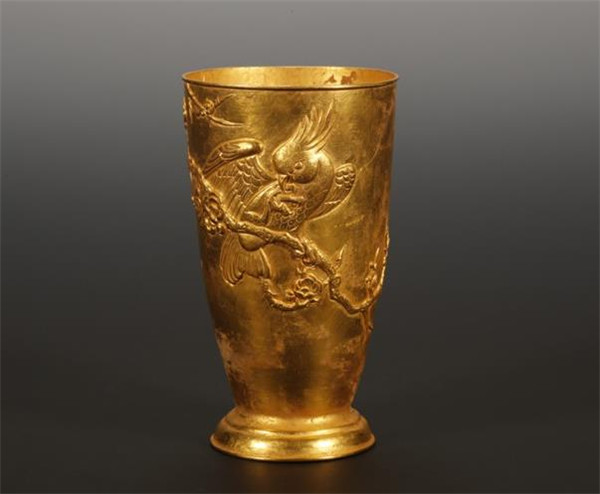
Gold cup with the pattern of a parrot from the Song Dynasty (960-1279) on display at the exhibition. [Photo / China.com]
An exhibition featuring animal-shaped cultural relics unearthed from the Shang Dynasty (c. 16th century-11th century) to the year 1949 is under way in Beijing.
Apart from presenting the exquisite relics made by highly skilled ancient craftsmen, the exhibition also aims to show the long-lasting affection between humans and animals.
The exhibition will last until March 29, 2017.
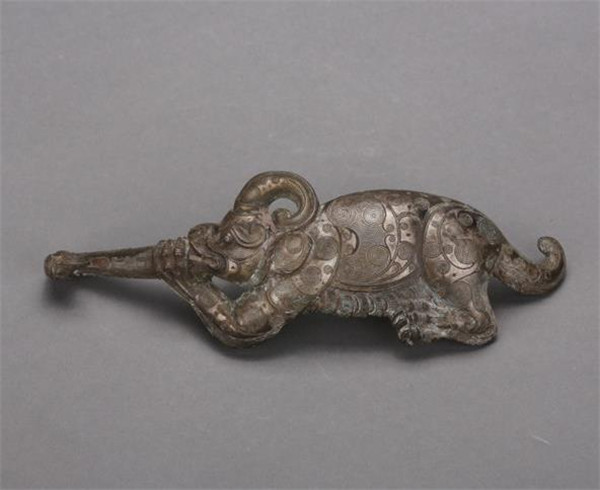
Auspicious animal-shaped belt hook from the Warring States Period (475-221BC) on display at the exhibition. The belt hook was often used by noble men in ancient China. Often made in gold, silver and jade, the hook was not only a necessity, but also a symbol of the user's social status. [Photo / China.com]
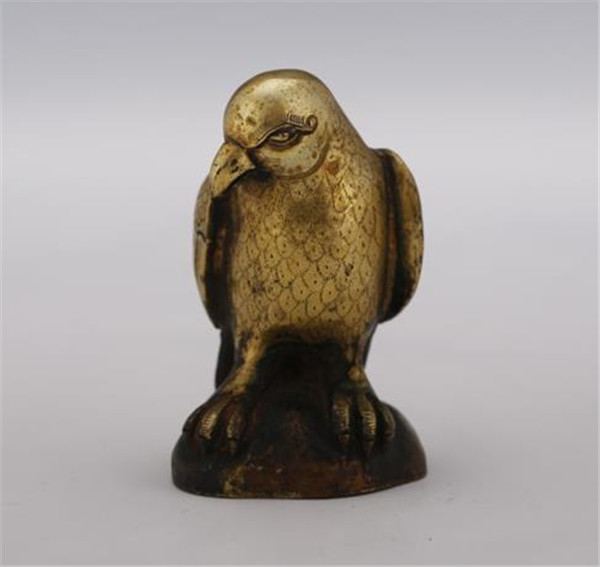
Bronze and gold statue of a small eagle from the Qing Dynasty (1644-1911) on display at the exhibition. [Photo/China.com]
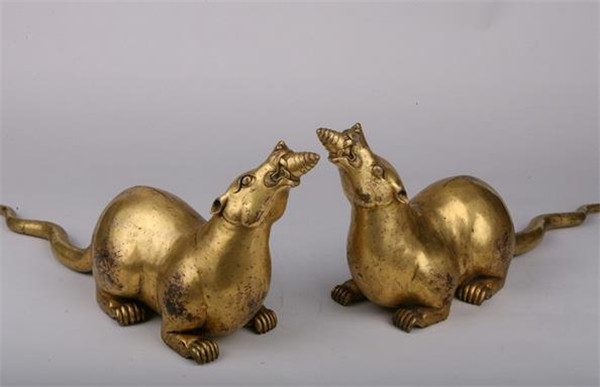
A pair of mythical animals named tu bao you from the Qing Dynasty on display at the exhibition. This kind of creature is responsible for taking care of treasures and fortunes for the god of wealth in Tibetan Buddhism. [Photo/China.com]
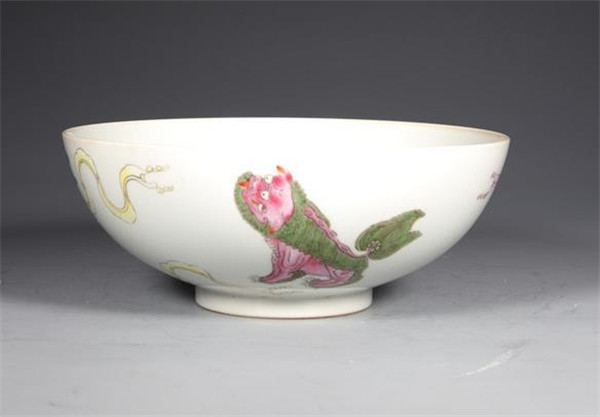
Bowl with the pattern of a lion from the Qing Dynasty on display at the exhibition. The contrasting color of pink and green gives an imaginative effect to the lion. [Photo/China.com]
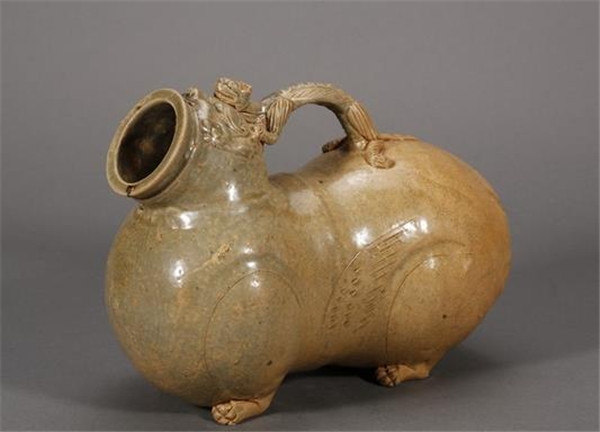
Tiger-shaped jar from the West Jin Dynasty (265-316) on display at the exhibition. The function of the jar is unknown. [Photo/China.com]
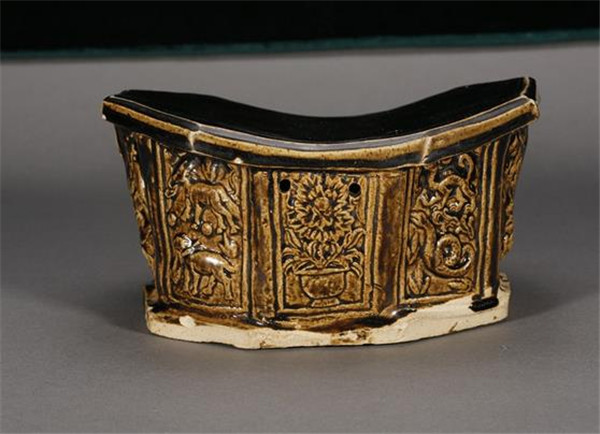
Porcelain pillow with patterns of 12 zodiac animals from the Jin Dynasty (1115-1234) on display at the exhibition. [Photo / China.com]
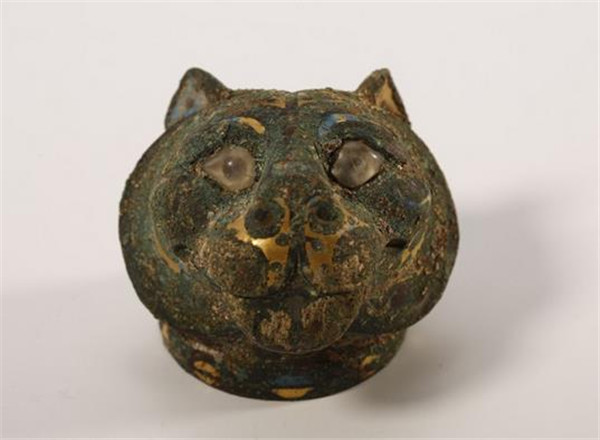
Bronze tiger head decorated in gold and silver from Warring States Period (475-221 BC) on display at the exhibition. The tiger's eyes were made in crystal. [Photo / China.com]
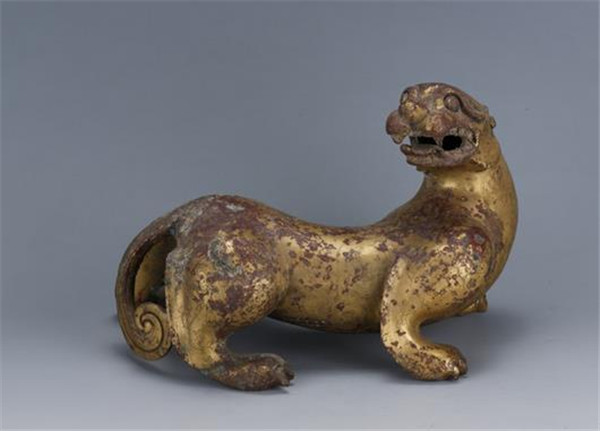
Bronze tiger statue from the Han Dynasty (206BC-220AD) on display at the exhibition. The body carved in clouds-shaped patterns appears widely in many artifacts of that time. Based on people’s closeness with nature and gods, the pattern of clouds was born. It symbolizes animated spirit and beauty of the nature. [Photo / China.com]
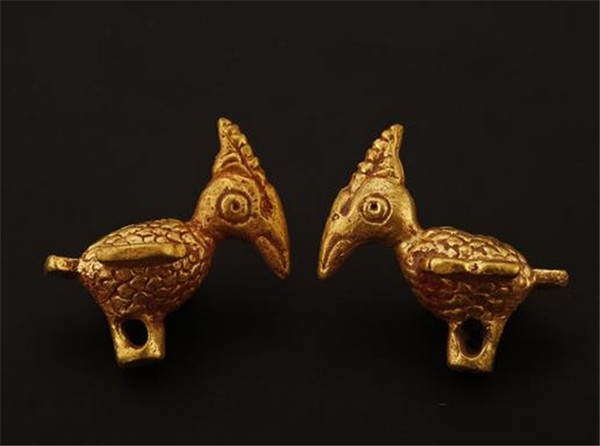
A pair of gold woodpeckers on display at the exhibition. [Photo / China.com]
Source: china.org.cn



